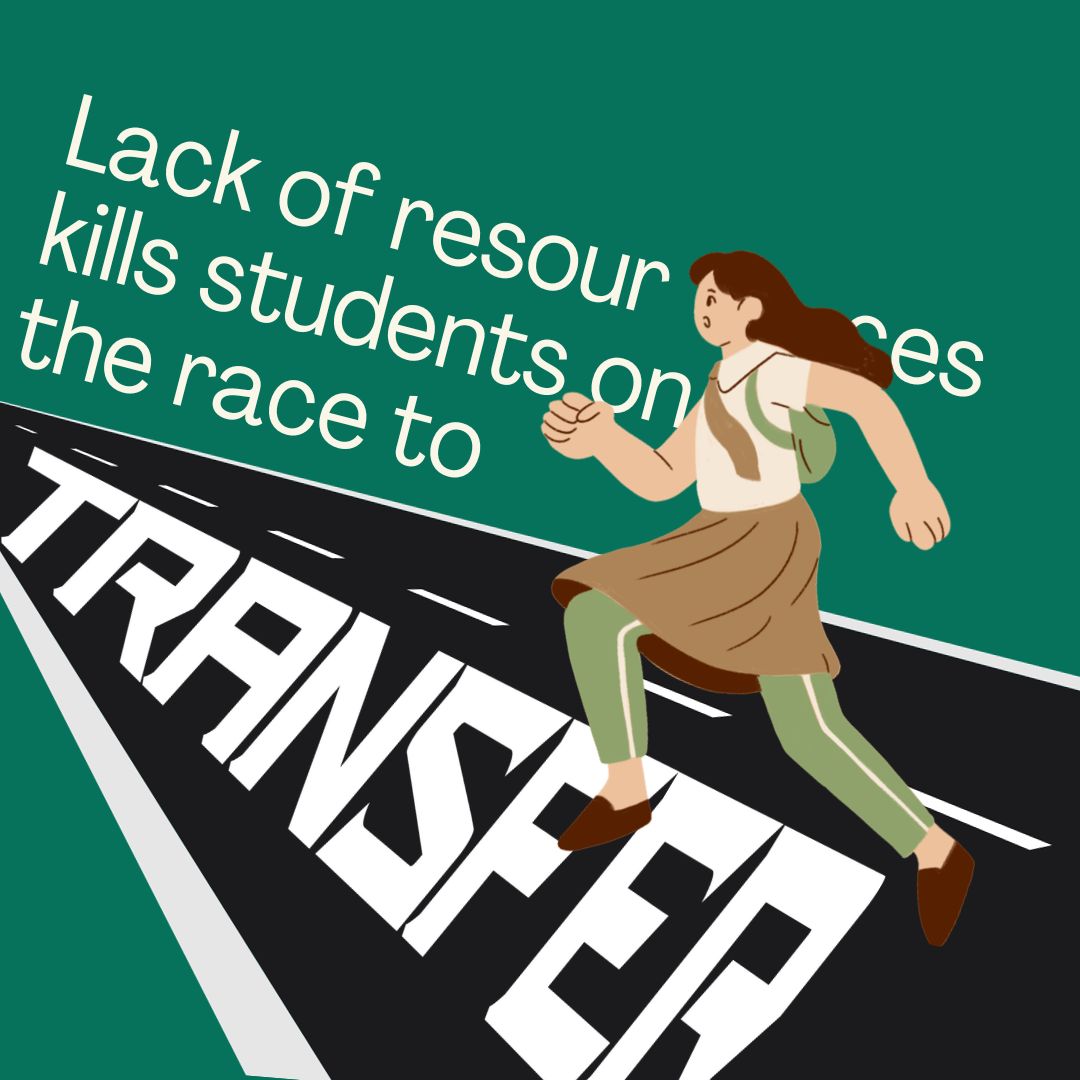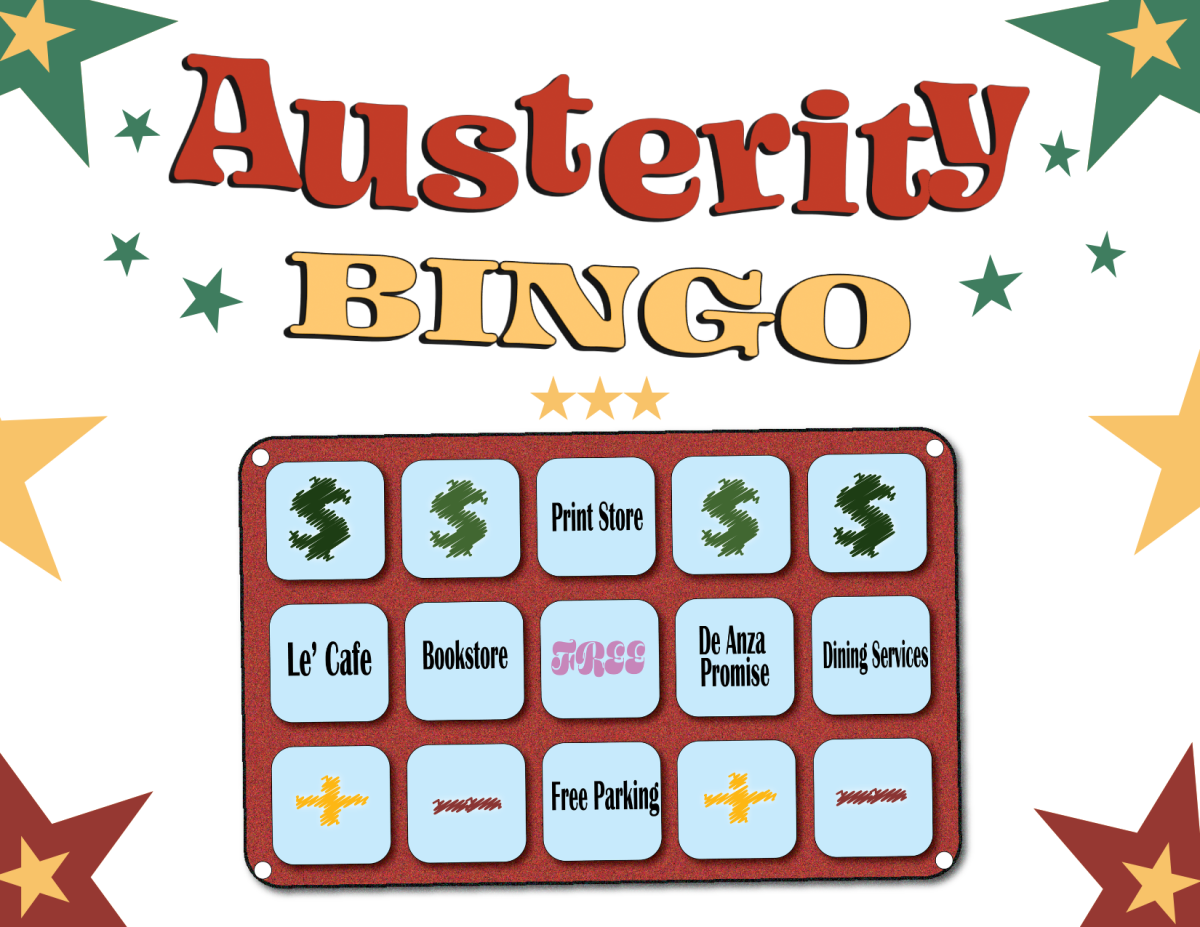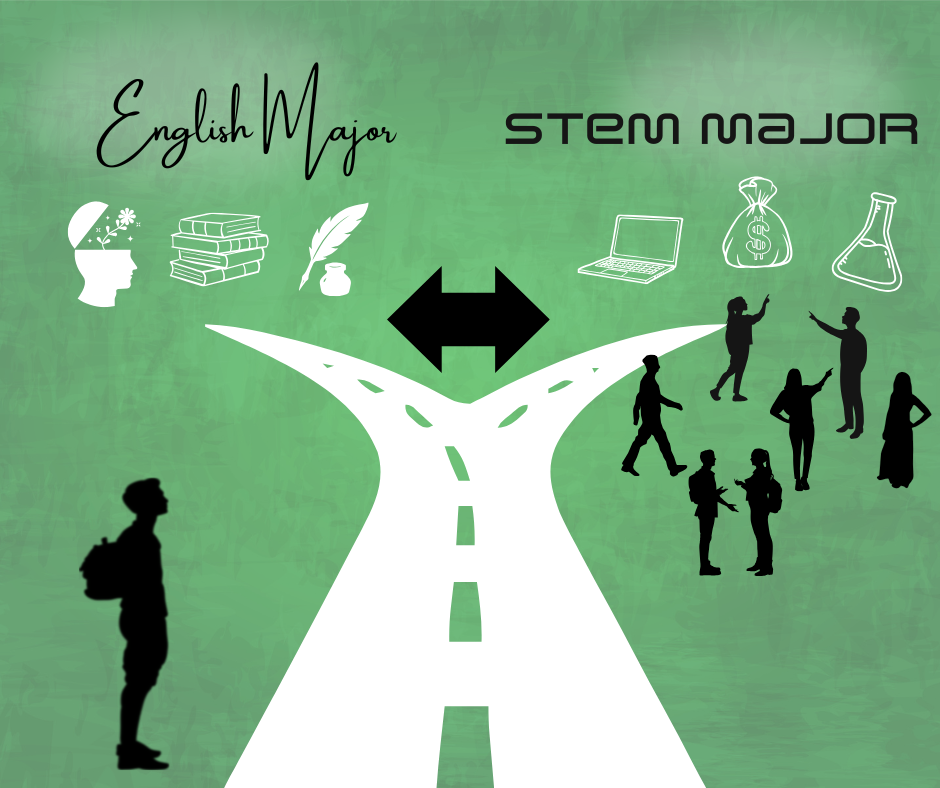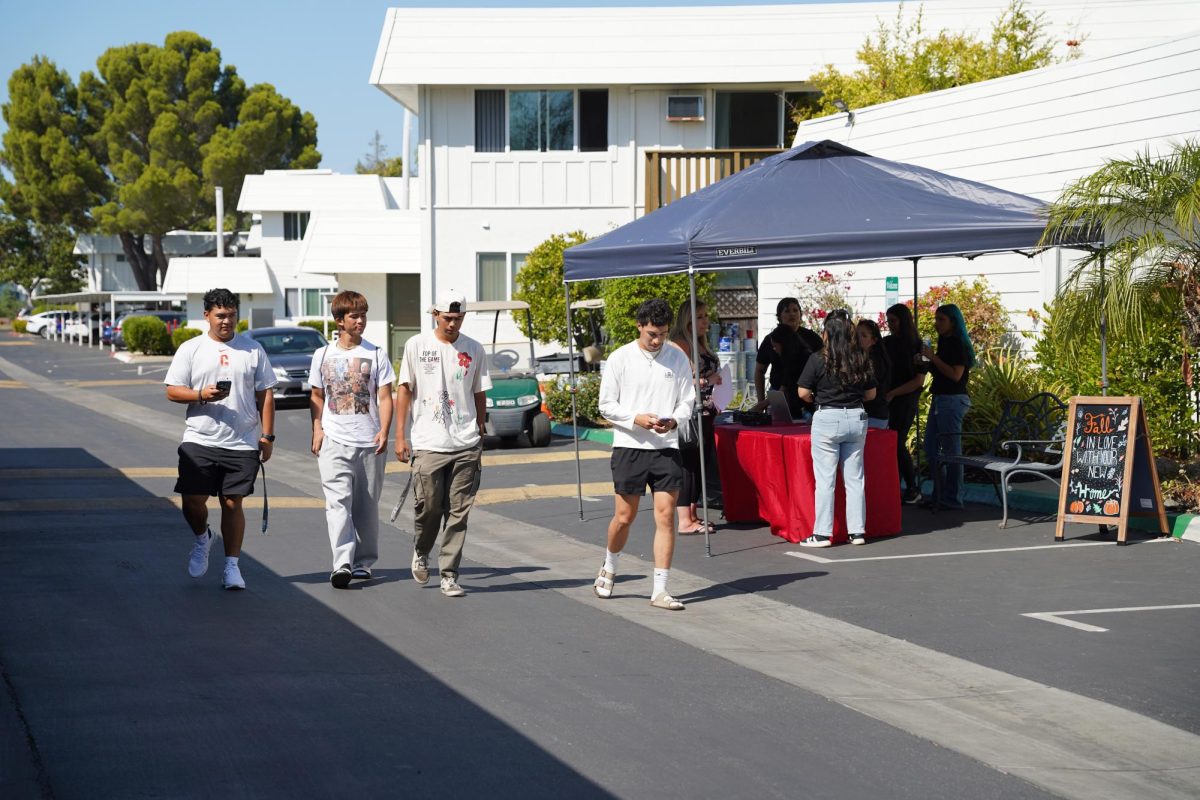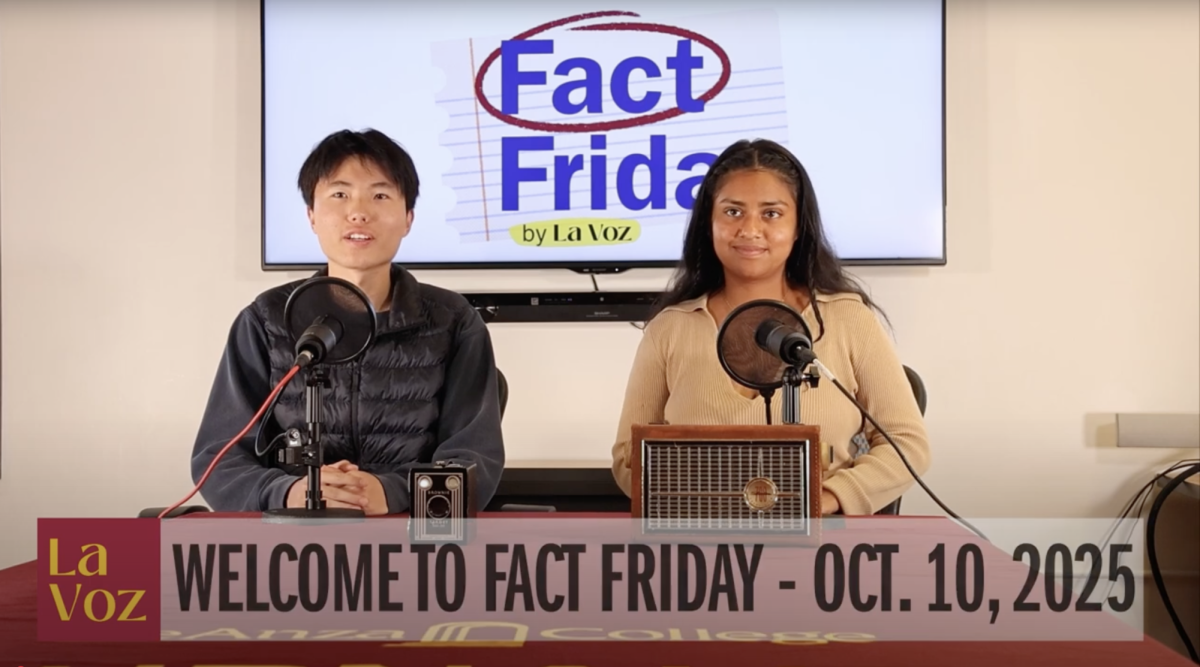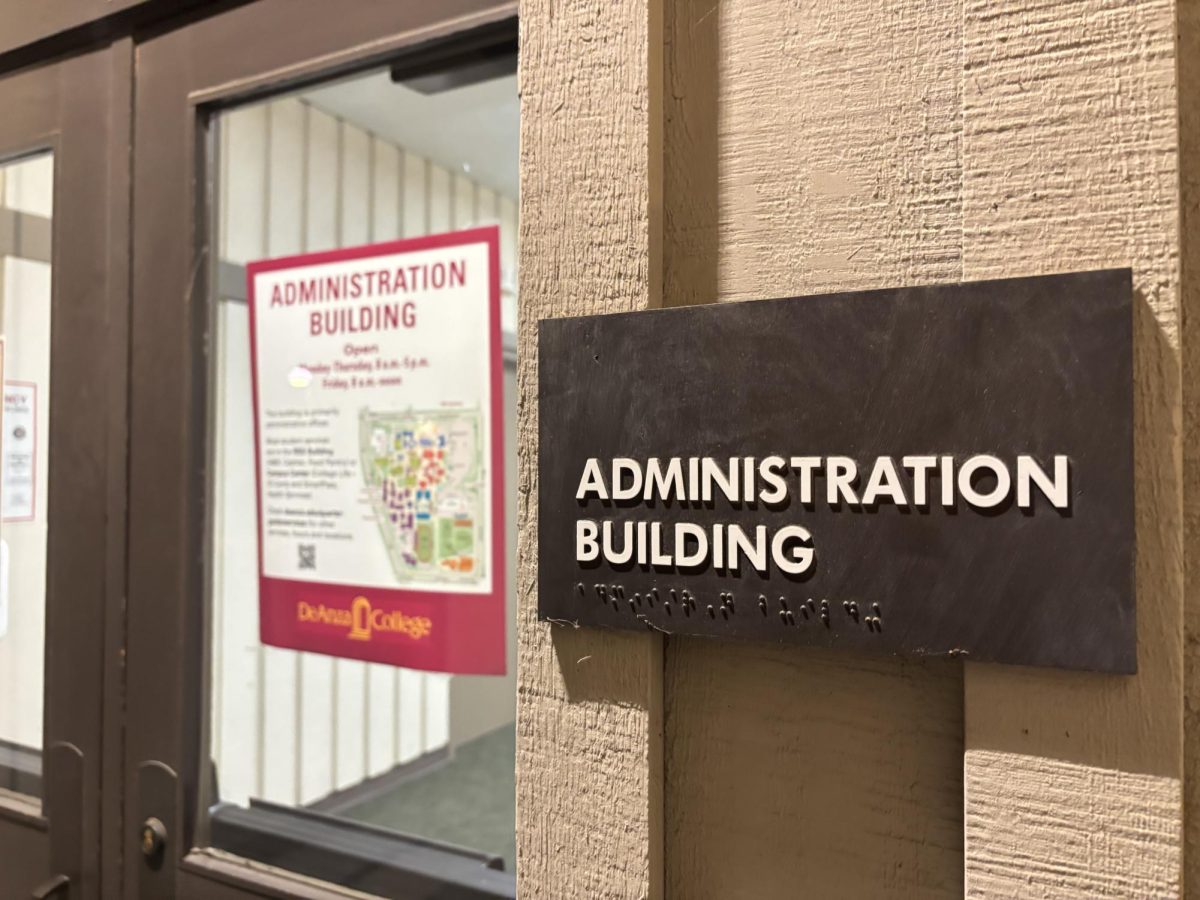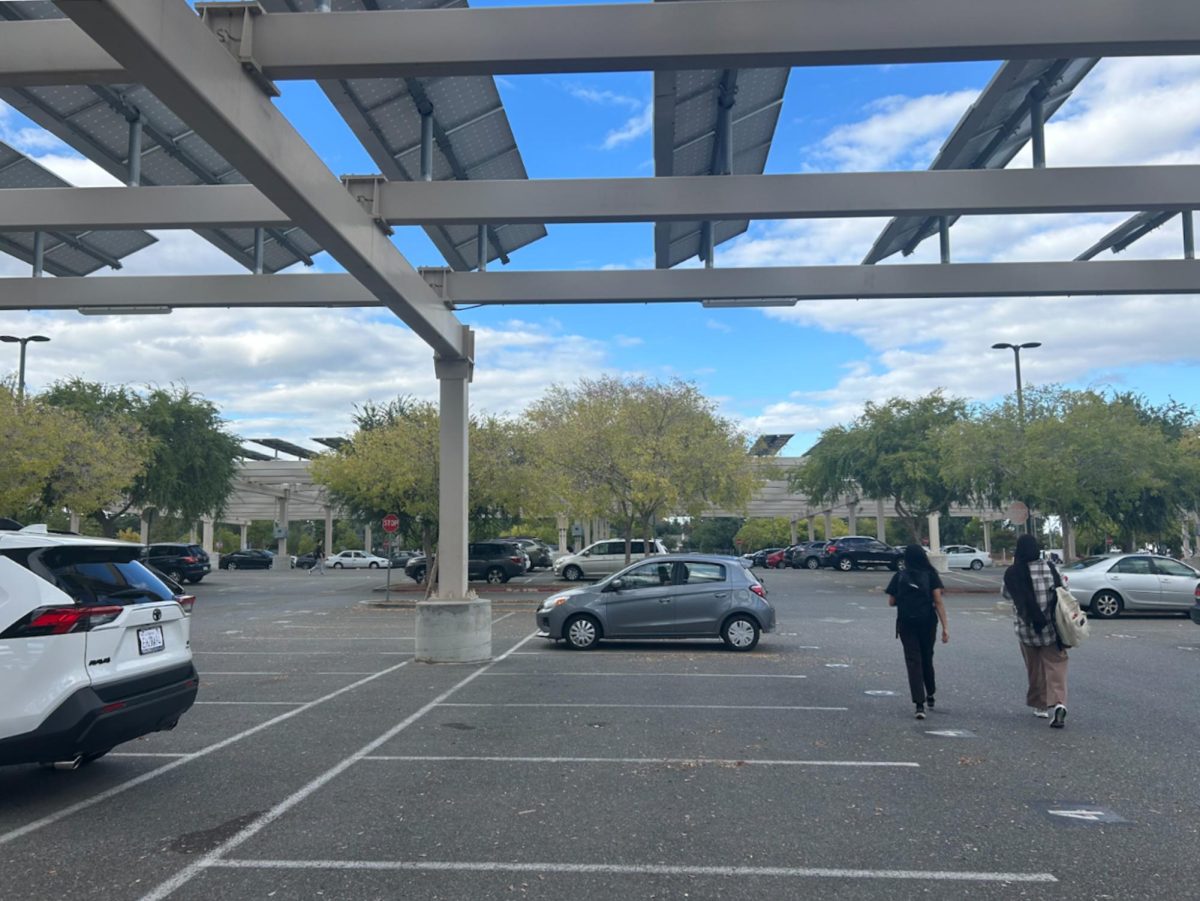One of the California Community College system’s primary focuses is helping students transfer to four-year institutions, such as the University of California and California State University campuses, with associate’s degrees. Despite this, transfer rates continue to fall short of expectations, mostly because of the lack of resources.
In 2020, De Anza posted a total enrollment of 16,100 students. Despite this, only 2,567 transferred to a four-year university. De Anza’s transfer rates are actually much better than most other community colleges.
In a 2021 study, the Campaign for College Opportunity found that only 2.5% of Californian community college students transfer within two years, and only 23% transfer within four. This number is likely even lower for older students who balance familial and job-related responsibilities.
For the few that do transfer to a four-year university, some of their community college courses may not transfer credit at all; KQED reported that chemical engineering major, Jacob Beeman, had to spend an extra year in college because his counselors at Fresno City College advised him to take classes that did not fulfill his prerequisites he needed to transfer to UC Riverside.
Getting help from De Anza’s counselors is hard since their appointments are usually fully booked for the next two weeks, as are the Transfer Center’s. Even after scheduling an appointment, counselors sometimes provide incorrect information about the transferring process and the coursework required for students to achieve their educational goals.
De Anza lacks the manpower to adequately support the thousands of students who are confused about the transfer process — they are often left to navigate their prospective four year colleges’ requirements and prerequisites on their own, which can become extremely confusing if they plan on applying to multiple institutions, as these requirements differ from school to school.
In fall 2022, The Los Angeles Times reported that Pasadena City College was able to increase its enrollment by 5,000 after a 32% loss between spring 2019 and spring 2022 by focusing on students’ social, emotional and financial needs.
“The college created a care center during the pandemic, partnering with community groups to provide students with housing resources, immigration services and mental health counseling. The campus has a food pantry and offers meal delivery service. And students facing eviction or struggling to pay bills can get hotel vouchers or emergency aid.”
Additionally, community colleges should place a greater emphasis on assisting older and nontraditional students.
De Anza’s Veteran Services is a good example of this; its various financial aid and scholarship programs helps to lower the barriers for veterans to pursue higher education, provides specialized counseling services and has a Work-Study program which allows veteran students to get an education while making a living.
There should be a greater number of general and transfer counselors to help with class requirements and provide application recommendations.
Furthermore, updating DegreeWorks to include accurate and updated major preparation requirements for the UC and CSU campuses would make it a one-stop destination for transfer planning. Allowing students to select the schools they plan to apply to (along with the major) would provide a useful tool to track transfer eligibility.
Students should create their own education plans. Counselors can be helpful, but it’s important to create a roadmap before registering for classes. Assist.org and De Anza’s IGETC form can help students find the major preparation and general education requirements needed to transfer to public institutions in California. Note that some majors within UC and CSU campuses do not accept IGETC for general education.



